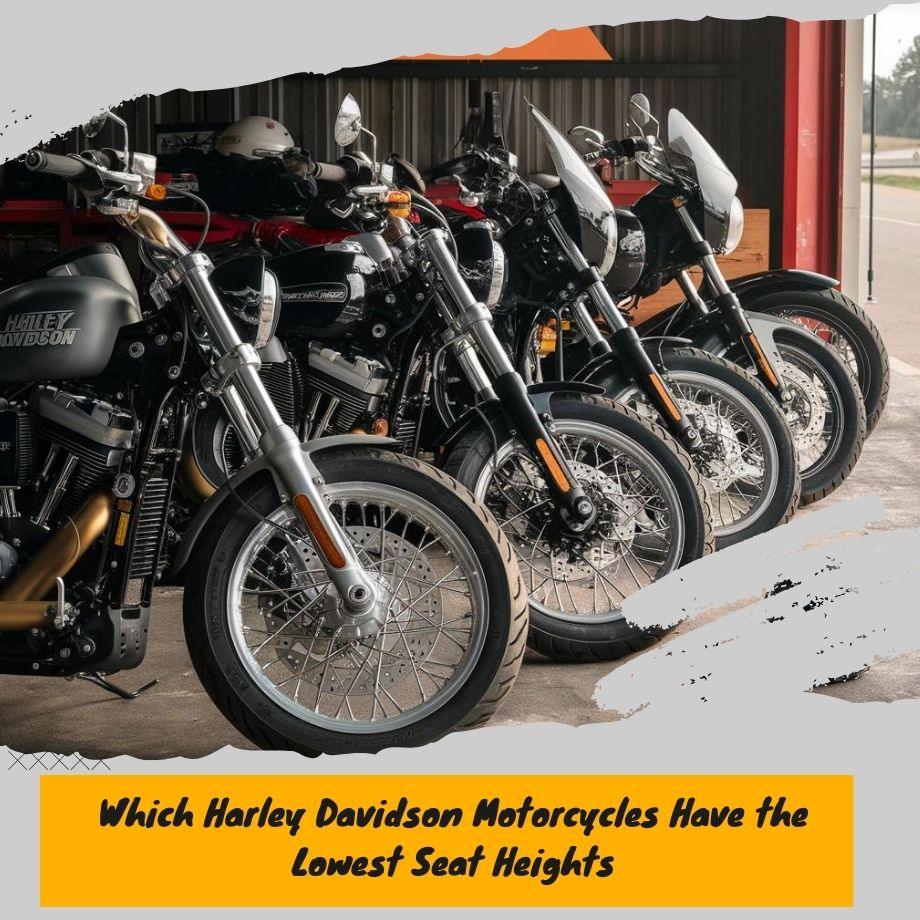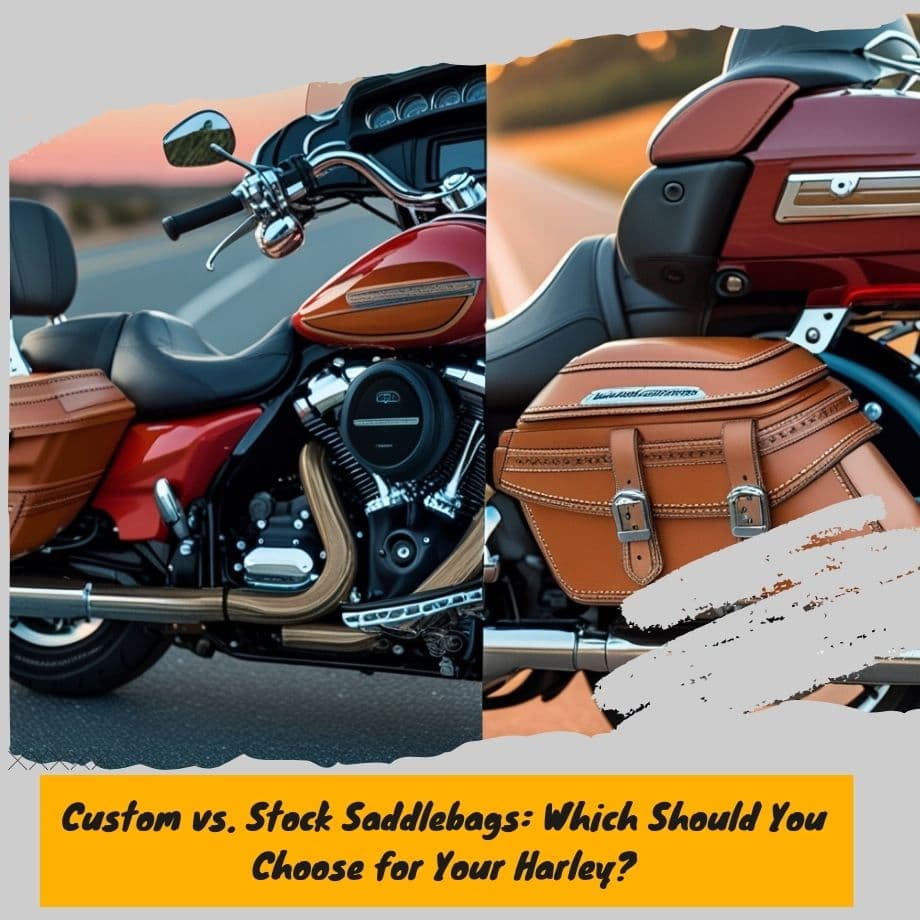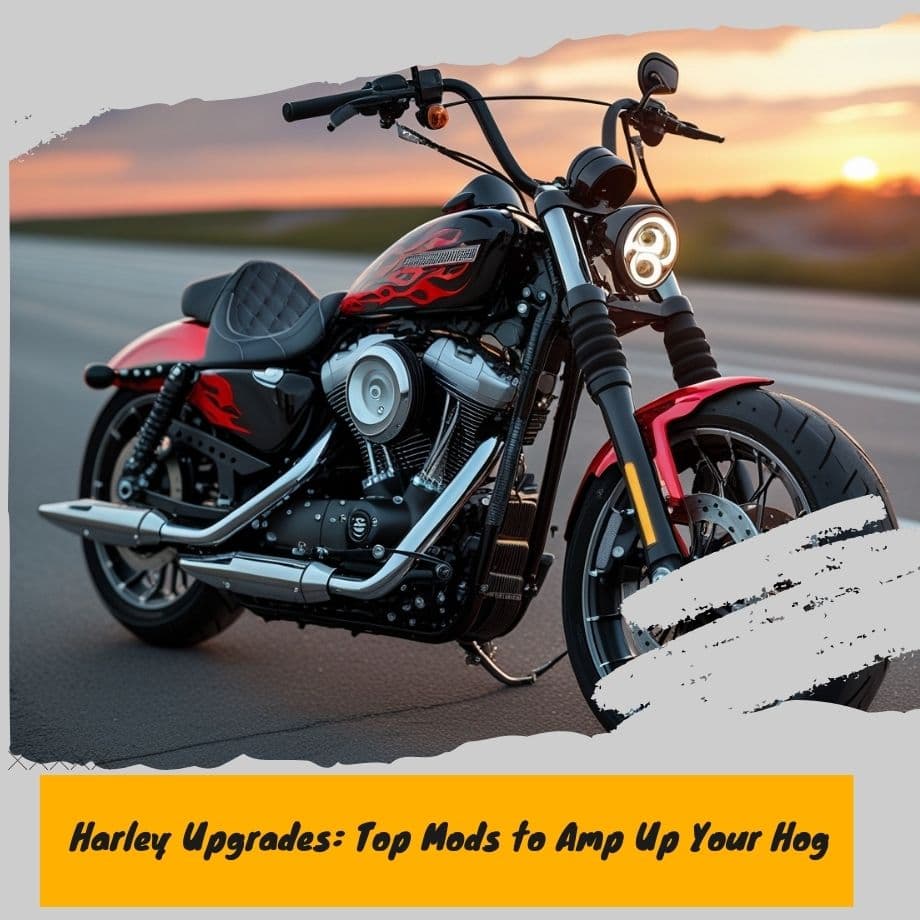Sitting Pretty: Finding the Harley with the Lowest Seat Height for Shorter Riders

Seat height is a crucial factor to consider when choosing a motorcycle, as it directly impacts the rider's comfort, control, and overall riding experience.
The seat height refers to the distance between the ground and the motorcycle's seat, and it plays a significant role in determining the rider's ability to plant their feet firmly on the ground while seated.
One of the primary factors affecting seat height is the rider's inseam measurement, which is the length from the crotch to the ground. Taller riders generally prefer higher seat heights, as it allows them to maintain a more upright and comfortable riding position.
Conversely, shorter riders tend to favor lower seat heights, as it enables them to reach the ground more easily and maintain better control over the motorcycle, especially during low-speed maneuvers or when coming to a stop.
Another factor that influences seat height is the motorcycle's riding position.
Cruisers and touring bikes often have lower seat heights to accommodate a more relaxed, feet-forward riding stance, while sportbikes and adventure motorcycles typically have higher seat heights to facilitate a more aggressive, forward-leaning riding position.
Weight distribution is also a crucial consideration when it comes to seat height. Motorcycles with a lower center of gravity and more evenly distributed weight tend to feel more stable and easier to manage, especially at lower speeds. This can be particularly beneficial for shorter riders or those who prefer a lower seat height.
Ultimately, the ideal seat height is a balance between comfort and control.
A seat height that is too low can cause discomfort and strain on the rider's knees and back, while a seat height that is too high can make it difficult to maintain control and confidence, especially during low-speed maneuvers or when coming to a stop.
Harley-Davidson's Lineup
Harley-Davidson, the iconic American motorcycle manufacturer, offers a diverse range of models catering to different riding preferences and styles.
Their lineup can be broadly categorized into three main categories: cruisers, touring bikes, and sportsters.
Cruisers:
Harley-Davidson's cruiser models are known for their low-slung, laid-back riding positions and classic styling. These bikes typically feature lower seat heights, making them appealing to riders of varying heights and skill levels.
Popular cruiser models include the Softail and Dyna families, with seat heights ranging from around 25 to 28 inches.
Touring Bikes
Designed for long-distance riding comfort, Harley-Davidson's touring bikes offer a more upright seating position and ample storage capacity. While not as low as cruisers, many touring models still offer relatively low seat heights for their size.
The iconic Road King and Street Glide models have seat heights around 27 to 29 inches.
Sportsters
Harley-Davidson's Sportster line is their most compact and lightweight offering, combining agility with classic styling.
These bikes are known for their lower seat heights, making them accessible to shorter riders. The Sportster models typically have seat heights ranging from 25 to 28 inches.
This Might Be Interesting: Custom Chopper Seats
It's important to note that seat height can vary within each model family based on specific trim levels, suspension settings, and any aftermarket modifications. Harley-Davidson also offers factory-installed options and aftermarket accessories to further adjust seat height to suit individual rider preferences and needs.
Lowest Seat Height Harley-Davidson Models
When it comes to Harley-Davidson motorcycles with the lowest seat heights, a few models stand out from the pack:
Harley-Davidson Street 500
The Street 500 is one of Harley's most compact and accessible models, designed with an ultra-low seat height of just 25.7 inches. This makes it an excellent choice for shorter riders or those who prioritize easy ground reach and maneuverability.
Harley-Davidson Street 750
The Street 750 is a slightly larger sibling to the Street 500, but it still boasts a remarkably low seat height of 25.9 inches. Despite its modest size, this model packs a punch with its liquid-cooled Revolution X engine.
Harley-Davidson Softail Slim
Part of Harley's iconic Softail lineup, the Softail Slim offers a low seat height of 26.1 inches, combined with a sleek, bobber-inspired design. This model strikes a balance between low-slung comfort and classic Harley style.
Harley-Davidson Iron 883
The Iron 883 is a popular entry-level Sportster model, featuring a seat height of 25.7 inches. Its compact size and low center of gravity make it an excellent choice for urban riding and navigating tight spaces.
Harley-Davidson Forty-Eight
Another Sportster variant, the Forty-Eight, boasts a seat height of 26 inches. This model combines a low-slung profile with a burly, muscular aesthetic, appealing to riders seeking a unique and attention-grabbing ride.
While seat height is just one factor to consider when choosing a motorcycle, these Harley-Davidson models offer some of the lowest seat heights in the company's lineup, catering to riders who prioritize easy ground reach and maneuverability.
Factors Contributing to Low Seat Height
Several design factors contribute to the low seat height on certain Harley-Davidson models. One crucial element is the suspension design. Motorcycles with a lower suspension travel and reduced ground clearance can achieve a lower seat height while maintaining a comfortable ride.
Additionally, the frame geometry plays a significant role. Frames designed with a lower center of gravity and a more compact design allow for a lower seat position without compromising stability or handling.
Another important factor is the engine placement. Harley-Davidson models with the engine positioned lower in the frame can benefit from a lower overall center of gravity, enabling a lower seat height without sacrificing balance or maneuverability.
Furthermore, the use of smaller wheels, particularly in the front, can contribute to a lower overall height, resulting in a more accessible seat position.
Lastly, the choice of materials and manufacturing techniques can influence seat height.
Lightweight materials and advanced construction methods allow for more compact and streamlined designs, enabling lower seat heights without compromising structural integrity or performance.
Benefits of a Low Seat Height
A low seat height on a motorcycle offers several advantages, especially for shorter riders. One of the primary benefits is improved stability.
With a lower center of gravity, the bike feels more planted and secure, reducing the risk of tipping over during low-speed maneuvers or when stopped. This increased stability can provide a confidence boost for new riders or those who prefer a more grounded riding experience.
Another significant advantage of a low seat height is the ease of mounting and dismounting the motorcycle.
For shorter riders, swinging a leg over a high seat can be challenging and potentially dangerous. A low seat height allows riders to plant both feet firmly on the ground when stopped, making it easier to get on and off the bike safely.
Additionally, a low seat height can translate into better control for shorter riders. With their feet closer to the ground, they can more easily reach the foot controls and maintain proper body positioning.
This improved control can lead to a more enjoyable and confident riding experience, especially in low-speed situations or when navigating tight spaces.
Drawbacks of a Low Seat Height
While a low seat height offers several advantages, it's essential to consider the potential downsides and limitations.
One of the primary drawbacks is reduced ground clearance, which can increase the risk of bottoming out or scraping the undercarriage on uneven terrain or during aggressive cornering. This can lead to damage to the motorcycle and potential loss of control.
Another drawback is that a low seat height may not be ideal for taller riders. With less legroom, taller riders may experience discomfort or difficulty in maintaining proper posture and control over the motorcycle, especially during longer rides. This can lead to fatigue and potential safety concerns.
Additionally, a lower center of gravity, while beneficial for low-speed maneuverability, can potentially compromise stability at higher speeds. The reduced ground clearance and lower center of gravity may cause the motorcycle to feel less planted and more susceptible to crosswinds or sudden changes in direction, which could affect handling and control.
It's crucial to carefully evaluate your riding style, height, and intended use of the motorcycle when considering a model with a low seat height. While it may offer advantages for certain riders and situations, it's essential to weigh the potential drawbacks and ensure that the low seat height aligns with your specific needs and preferences.
Customization Options for Seat Height
Harley-Davidson offers various customization options to modify the seat height on their motorcycles, catering to riders of different heights and preferences.
One popular solution is installing a suspension lowering kit, which allows you to lower the overall ride height of the bike, consequently reducing the seat height. These kits typically involve replacing the stock suspension components with shorter or adjustable ones, bringing the motorcycle closer to the ground.
Another option is to replace the stock seat with an aftermarket low-profile seat. Many third-party manufacturers offer seats specifically designed to reduce the seat height while maintaining comfort and support.
These seats can shave off a few inches from the overall seat height, making it easier for riders with shorter inward leg lengths to plant their feet firmly on the ground.
Additionally, some Harley-Davidson models come with adjustable suspension systems or seat height options from the factory.
For instance, certain touring models feature an adjustable air suspension that allows you to raise or lower the ride height with the push of a button. This can be a convenient solution for riders who want to adjust the seat height based on their preferences or riding conditions.
It's important to note that while lowering the seat height can improve comfort and confidence for shorter riders, it may also affect the motorcycle's handling characteristics.
Significant seat height reductions can alter the bike's center of gravity and ground clearance, potentially impacting stability and cornering ability. Therefore, it's crucial to strike a balance between seat height and overall handling when considering customization options.
Choosing the Right Seat Height
When it comes to selecting the right seat height for your Harley-Davidson motorcycle, there are several factors to consider. The key is finding a balance between comfort, control, and safety based on your individual body dimensions and riding preferences.
First and foremost, you'll want to consider your inseam length. This measurement, taken from the ground to the top of your inner thigh, is a crucial factor in determining the appropriate seat height.
As a general rule, you should have at least a 1-inch gap between the seat and your inseam to ensure proper leg extension and control over the motorcycle.
Another important consideration is your overall height. Taller riders may feel more comfortable with a higher seat height, as it allows for better visibility and control over the bike.
Conversely, shorter riders may prefer a lower seat height to maintain a solid foot plant on the ground and improve maneuverability.
It's also essential to factor in your riding style and intended use of the motorcycle. If you plan to primarily ride on city streets or in stop-and-go traffic, a lower seat height can provide greater stability and confidence when stopping and starting.
However, if you'll be spending more time on highways or open roads, a higher seat height may offer better control and comfort over longer distances.
Personal preferences also play a role in choosing the right seat height.
Some riders prioritize a more aggressive, forward-leaning riding position, which may necessitate a higher seat height. Others may prefer a more upright, relaxed posture, making a lower seat height more desirable.
When testing out different Harley-Davidson models, it's crucial to sit on the bike and assess the comfort level and control you have over the motorcycle.
Pay attention to how your legs and feet feel when planted on the ground, as well as your overall body positioning and visibility. If possible, take a test ride to get a better sense of how the seat height feels in real-world riding conditions.
Remember, seat height is not a one-size-fits-all specification. By considering your individual body dimensions, riding style, and personal preferences, you can make an informed decision and choose the Harley-Davidson model with the seat height that best suits your needs, ensuring a comfortable and confident riding experience.
Safety Considerations for Low Seat Heights
When it comes to low seat heights on motorcycles, safety should be a top priority. While a low seat can offer increased confidence and better control for shorter riders, it also presents some unique challenges that need to be addressed.
Proper riding posture is crucial when operating a motorcycle with a low seat height. With a lower seat, riders may need to adjust their body position to maintain balance and control.
It's essential to keep your feet firmly planted on the ground and your knees bent at a comfortable angle to absorb shocks from the road. Improper posture can lead to fatigue, discomfort, and potentially dangerous situations.
Weight distribution is another crucial factor to consider with low seat heights. When the seat is lower, the rider's center of gravity shifts, affecting the bike's handling characteristics.
It's important to be aware of this change and adjust your riding technique accordingly. Proper weight distribution can help maintain stability, especially during turns, braking, and acceleration.
Additionally, low seat heights can make it more challenging to navigate certain terrain or obstacles. Riders should exercise caution when encountering curbs, speed bumps, or uneven surfaces. Maintaining a slow and controlled speed can help mitigate the risks associated with these obstacles.
Finally, it's essential to wear appropriate protective gear when riding a motorcycle with a low seat height.
Proper gear, such as a helmet, gloves, and protective clothing, can help reduce the risk of injury in the event of a fall or accident. Remember, a low seat height can increase the likelihood of putting your feet down during low-speed maneuvers or stops, so being prepared is crucial.
Conclusion
Finding the right motorcycle with an appropriate seat height is crucial for rider comfort, control, and safety. Harley-Davidson offers a range of models with varying seat heights, catering to riders of different heights and preferences.
While low seat heights can provide benefits like increased confidence, better balance, and easier maneuvering, they may also present challenges such as limited ground clearance and potential discomfort for taller riders.
Ultimately, the ideal seat height is a personal choice that depends on factors like rider height, inseam length, riding style, and personal preferences.
It's essential to test ride different models, assess your comfort level, and prioritize safety. Consider customization options like adjustable suspensions or seat modifications to achieve the perfect fit.
Remember, a motorcycle with the right seat height can enhance your riding experience, allowing you to focus on the thrill of the open road while maintaining optimal control and confidence.
Take the time to find the Harley-Davidson model that best suits your needs, and enjoy the freedom of the ride.







Leave a comment